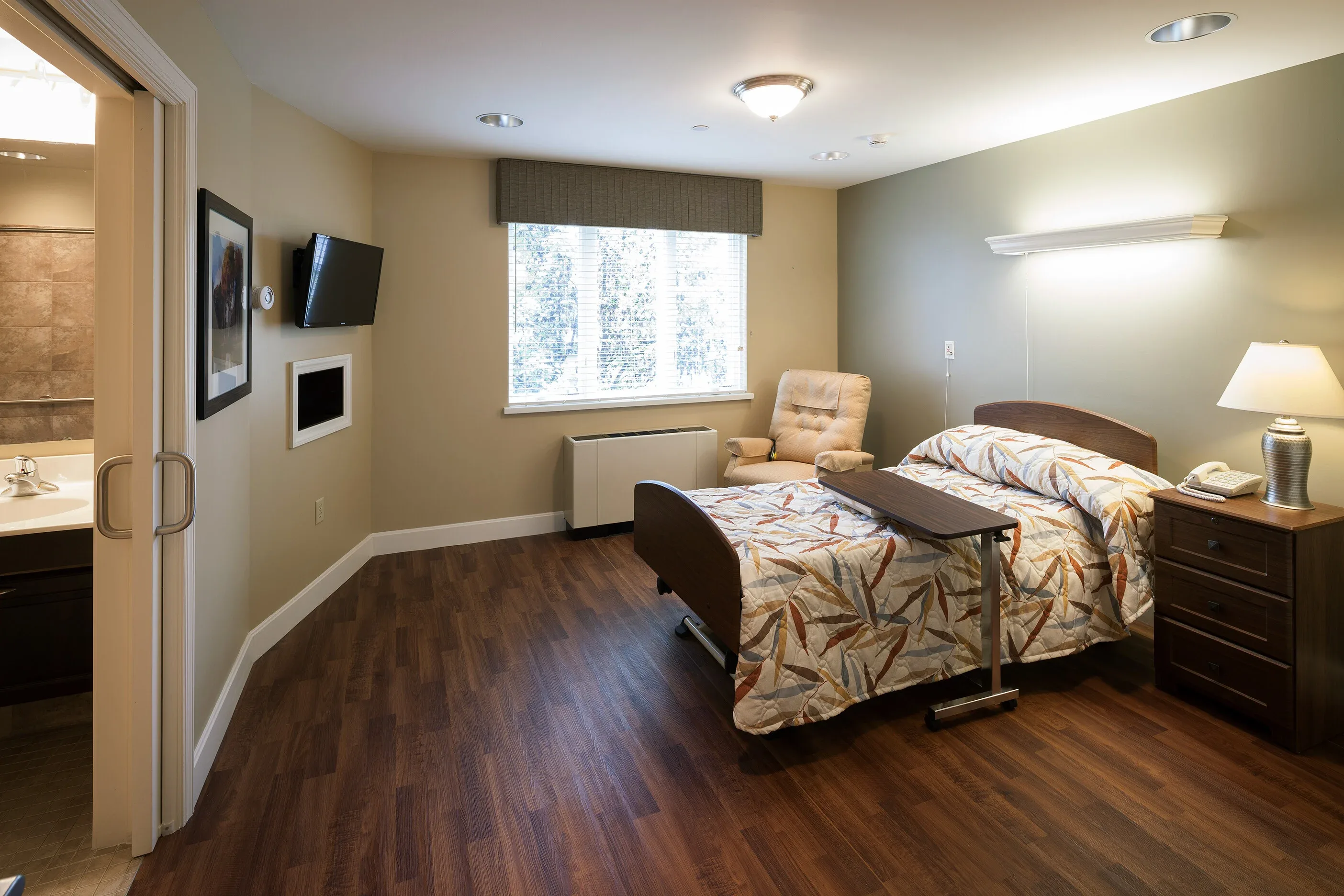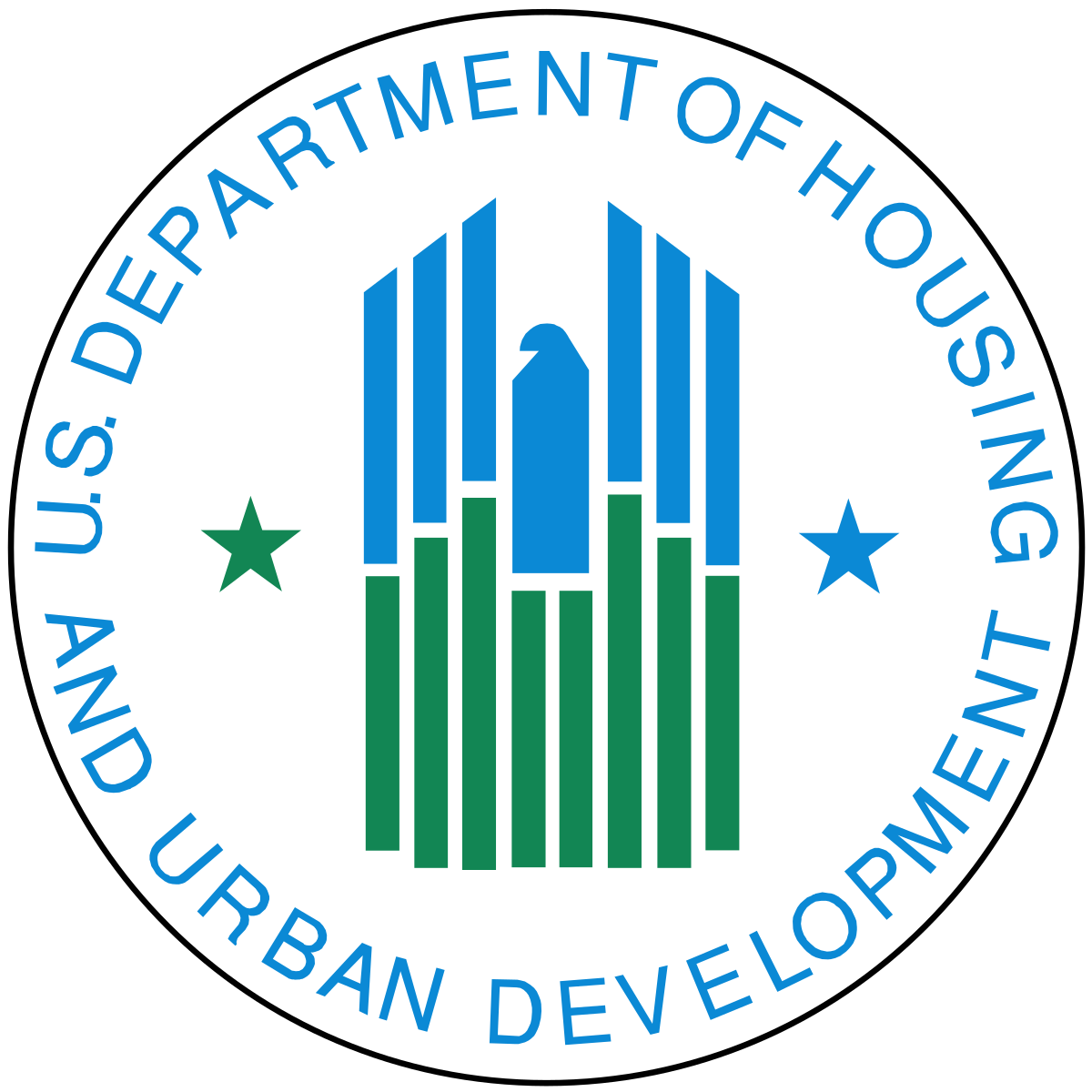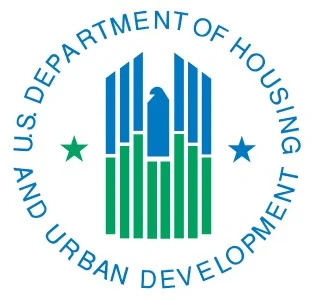Key Takeaways
- Risk-Based Surveys Enhance Efficiency: Transitioning to a risk-based survey model allows CMS to focus resources on high-risk facilities, addressing deficiencies more effectively while reducing unnecessary oversight of low-risk facilities.
- Modern Challenges Demand Targeted Oversight: Issues like infection control, workforce shortages, and behavioral health needs require specialized survey processes and training, which are not adequately addressed by the current uniform system.
- Improved Resource Allocation: By extending survey intervals for low-risk facilities and reallocating resources to high-risk ones, CMS can improve compliance, ensure better resident care, and achieve significant cost savings.
- Pilot Programs and Stakeholder Collaboration Are Key: Testing the risk-based model in diverse settings and involving stakeholders in its design ensures fairness, adaptability, and success before broader implementation.
Executive Summary
The current Centers for Medicare and Medicaid Services (CMS) nursing home survey system applies a uniform annual inspection model across all facilities. While ensuring compliance, this approach stretches resources thin, neglects nuanced facility needs, and misses opportunities to address systemic inefficiencies. A risk-based survey process would allow CMS to focus oversight on higher-risk facilities, ensuring better resource allocation, enhanced care outcomes, and improved resident safety.
Research highlights inefficiencies in the current system: in 2022, over 60% of facilities required no significant corrective actions following their annual surveys. By reallocating resources to high-risk facilities, CMS can bolster compliance, address deficiencies proactively, and promote system-wide accountability.
Background
CMS’s survey process, originally developed to ensure baseline quality standards, has not evolved to address emerging challenges, including:
Resource Constraints: Survey teams are often overwhelmed by the breadth of their responsibilities.
Uniform Standards: The current system does not differentiate between low-risk and high-risk facilities, leading to a misallocation of resources.
Complex Healthcare Needs: Modern challenges, such as infection control, workforce shortages, and behavioral health issues, demand targeted solutions.
A modernized approach aligns with broader healthcare goals of efficiency, value-based care, and quality-driven oversight.
Policy Recommendations
1. Develop a Risk Stratification Model
• Data Integration: Leverage existing data sources, including Nursing Home Compare, staffing reports, and incident trends, to assess risk.
• Key Risk Indicators: Use predictive factors such as complaint frequencies, prior deficiencies, staff turnover, and prevalence of resident harm (e.g., falls, pressure sores).
• Stakeholder Input: Engage operators, residents, and surveyors in creating and validating the risk model to ensure fairness and applicability.
2. Implement Tiered Survey Frequencies
• High-Risk Facilities: Conduct annual standard surveys with additional targeted reviews as needed.
• Low-Risk Facilities: Extend survey intervals to 18–24 months, supplemented by focused reviews of specific risk areas.
• Resource Reallocation: Free up surveyor time and funds for more intensive oversight of facilities with recurring or severe deficiencies.
3. Enhance Surveyor Training and Resources
• Advanced Training: Equip surveyors with specialized knowledge on infection control, emerging technologies, and behavioral health.
• Technology Integration: Use AI-powered analytics to flag anomalies and streamline the evaluation process.
• Expanded Roles: Train surveyors to conduct real-time risk assessments, allowing for immediate intervention when necessary.
4. Establish Continuous Monitoring Mechanisms
• Real-Time Dashboards: Develop centralized systems for ongoing tracking of facility metrics, ensuring timely identification of emerging risks.
• Resident and Family Feedback: Incorporate direct input from residents and families as part of the evaluation process.
• Broader Data Sources: Expand monitoring to include social media reviews, employee turnover rates, and community feedback.
5. Pilot and Evaluate the Risk-Based Model
• Diverse Pilots: Implement pilot programs in urban and rural regions with varied facility profiles.
• Evaluation Criteria: Use metrics such as compliance improvements, resource efficiency, and resident satisfaction to assess success.
• Challenges and Solutions: Address potential barriers, including resistance to change and data-sharing concerns, during pilot implementation.
Cost-Benefit Analysis
• Implementation Costs: Initial expenses include technology upgrades, expanded training, and pilot programs.
• Savings Potential: Longer intervals for low-risk facilities could save millions annually in survey costs while allowing for targeted investments in high-risk oversight.
• Indirect Benefits: Improved compliance and care outcomes may reduce litigation costs and bolster public trust in nursing homes.
Resident and Family Impacts
• Safety First: Risk-based oversight prioritizes the safety of residents by addressing deficiencies in high-risk facilities promptly.
• Transparency: Families gain better insights into facility performance through targeted surveys and improved reporting mechanisms.
• Improved Outcomes: Strategic resource allocation enhances care quality, particularly in facilities with the greatest challenges.
Call to Action
CMS must transition to a risk-based survey process to modernize oversight and improve outcomes for nursing home residents. ASI urges policymakers to:
1. Fund Pilot Programs: Provide resources for testing risk-based models in diverse regions.
2. Support Data Infrastructure: Invest in technology to enhance data collection, integration, and real-time monitoring.
3. Mandate Collaboration: Require CMS to engage stakeholders in designing and implementing the model.
Through these steps, CMS can ensure that its survey process reflects modern needs, prioritizes resident safety, and enhances the efficiency of the healthcare system.
Alignment with ASI Goals
This initiative supports ASI’s mission to improve quality and equity in aging services by:
• Promoting evidence-based policies.
• Encouraging innovative solutions for system-wide challenges.
• Advocating for reforms that balance efficiency with resident-centric care.



